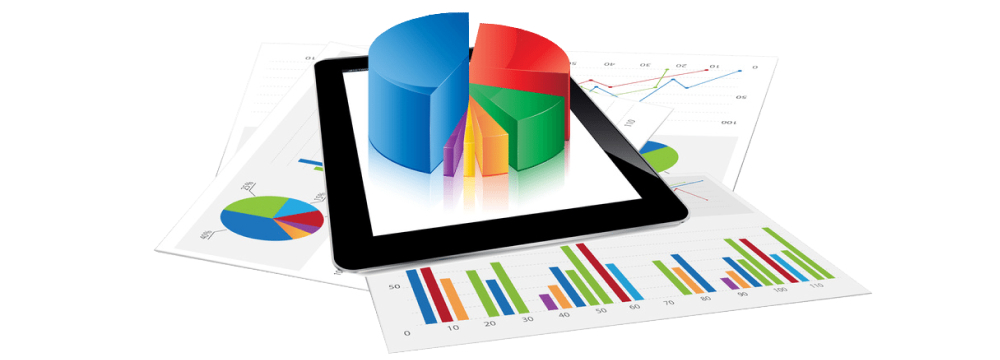Balance sheet
A balance sheet is a financial statement that provides a snapshot of a company's financial position at a specific point in time. It presents a summary of what the company owns (assets), what it owes (liabilities), and the shareholders' equity, which represents the owners' claim on the company's assets.
In simple terms, a balance sheet can be likened to a personal financial statement that shows your savings (assets), debts (liabilities), and the net worth (equity) that you have in your possession.
Let's break down the key components of a balance sheet:
1. Assets: Assets are resources owned by the company that have economic value. They can be classified into two categories:
a. Current Assets: These are assets that are expected to be converted into cash or used up within one year. Examples include cash and cash equivalents, accounts receivable (amounts owed by customers), inventory, and short-term investments.
b. Non-Current Assets: Also known as long-term assets, these are resources expected to be held by the company for more than one year. Non-current assets include property, plant, and equipment (such as buildings and machinery), long-term investments, intangible assets (like patents and trademarks), and long-term receivables.
2. Liabilities: Liabilities represent the company's obligations or debts to external parties. Similar to assets, liabilities are also categorized as current or non-current:
a. Current Liabilities: These are obligations that are expected to be settled within one year. Examples include accounts payable (amounts owed to suppliers), short-term loans, accrued expenses, and current portions of long-term debt.
b. Non-Current Liabilities: Also known as long-term liabilities, these represent obligations that extend beyond one year. Non-current liabilities include long-term loans, bonds payable, lease obligations, and deferred tax liabilities.
3. Shareholders' Equity: Shareholders' equity represents the residual interest in the company's assets after deducting liabilities. It represents the owners' claim on the company's resources. Shareholders' equity includes:
a. Common Stock: The value of shares issued to shareholders.
b. Retained Earnings: Profits earned by the company and not distributed to shareholders as dividends.
c. Additional Paid-in Capital: Capital received from shareholders in excess of the par value of shares issued.
d. Treasury Stock: Shares repurchased by the company.
e. Accumulated Other Comprehensive Income: Gains or losses that are not included in the calculation of net income, such as unrealized gains or losses on investments or foreign currency translation adjustments.
The balance sheet follows the fundamental accounting equation: Assets = Liabilities + Shareholders' Equity. This equation ensures that the balance sheet remains balanced, with the total value of assets always equaling the total of liabilities and equity.
Analyzing the balance sheet helps assess the company's financial health, liquidity, solvency, and ability to meet its obligations. It also provides insights into the company's asset management, debt levels, and capital structure. However, it is important to consider the balance sheet in conjunction with other financial statements, such as the profit and loss statement and cash flow statement, to gain a comprehensive understanding of the company's financial position.
An example of a simplified balance sheet for an IT company in Indian Rupees (INR):
XYZ IT Solutions Balance Sheet As of March 31, 2022
Assets:
Current Assets:
Cash and Cash Equivalents: 50,00,000 INR
Accounts Receivable: 30,00,000 INR
Inventory: 20,00,000 INR
Short-term Investments: 10,00,000 INR
Total Current Assets: 1,10,00,000 INR
Non-Current Assets:
Property, Plant, and Equipment: 1,50,00,000 INR
Intangible Assets: 80,00,000 INR
Long-term Investments: 40,00,000 INR
Total Non-Current Assets: 2,70,00,000 INR
Total Assets: 3,80,00,000 INR
Liabilities and Shareholders' Equity:
Current Liabilities:
Accounts Payable: 20,00,000 INR
Short-term Loans: 15,00,000 INR
Accrued Expenses: 10,00,000 INR
Total Current Liabilities: 45,00,000 INR
Non-Current Liabilities:
Long-term Loans: 80,00,000 INR
Bonds Payable: 30,00,000 INR
Deferred Tax Liabilities: 10,00,000 INR
Total Non-Current Liabilities: 1,20,00,000 INR
Total Liabilities: 1,65,00,000 INR
Shareholders' Equity:
Common Stock: 50,00,000 INR
Retained Earnings: 1,65,00,000 INR
Total Shareholders' Equity: 2,15,00,000 INR
Total Liabilities and Shareholders' Equity: 3,80,00,000 INR
In this example, XYZ IT Solutions has current assets of 1,10,00,000 INR, including cash, accounts receivable, inventory, and short-term investments. Non-current assets amount to 2,70,00,000 INR and consist of property, plant, and equipment, intangible assets, and long-term investments. The total assets of the company are 3,80,00,000 INR.
The company's current liabilities, including accounts payable, short-term loans, and accrued expenses, sum up to 45,00,000 INR. Non-current liabilities, such as long-term loans, bonds payable, and deferred tax liabilities, total 1,20,00,000 INR. The total liabilities of the company amount to 1,65,00,000 INR.
Shareholders' equity includes common stock worth 50,00,000 INR and retained earnings of 1,65,00,000 INR. The total shareholders' equity is 2,15,00,000 INR.
The balance sheet follows the fundamental accounting equation, where the total assets (3,80,00,000 INR) equal the sum of liabilities (1,65,00,000 INR) and shareholders' equity (2,15,00,000 INR), ensuring a balanced statement.
